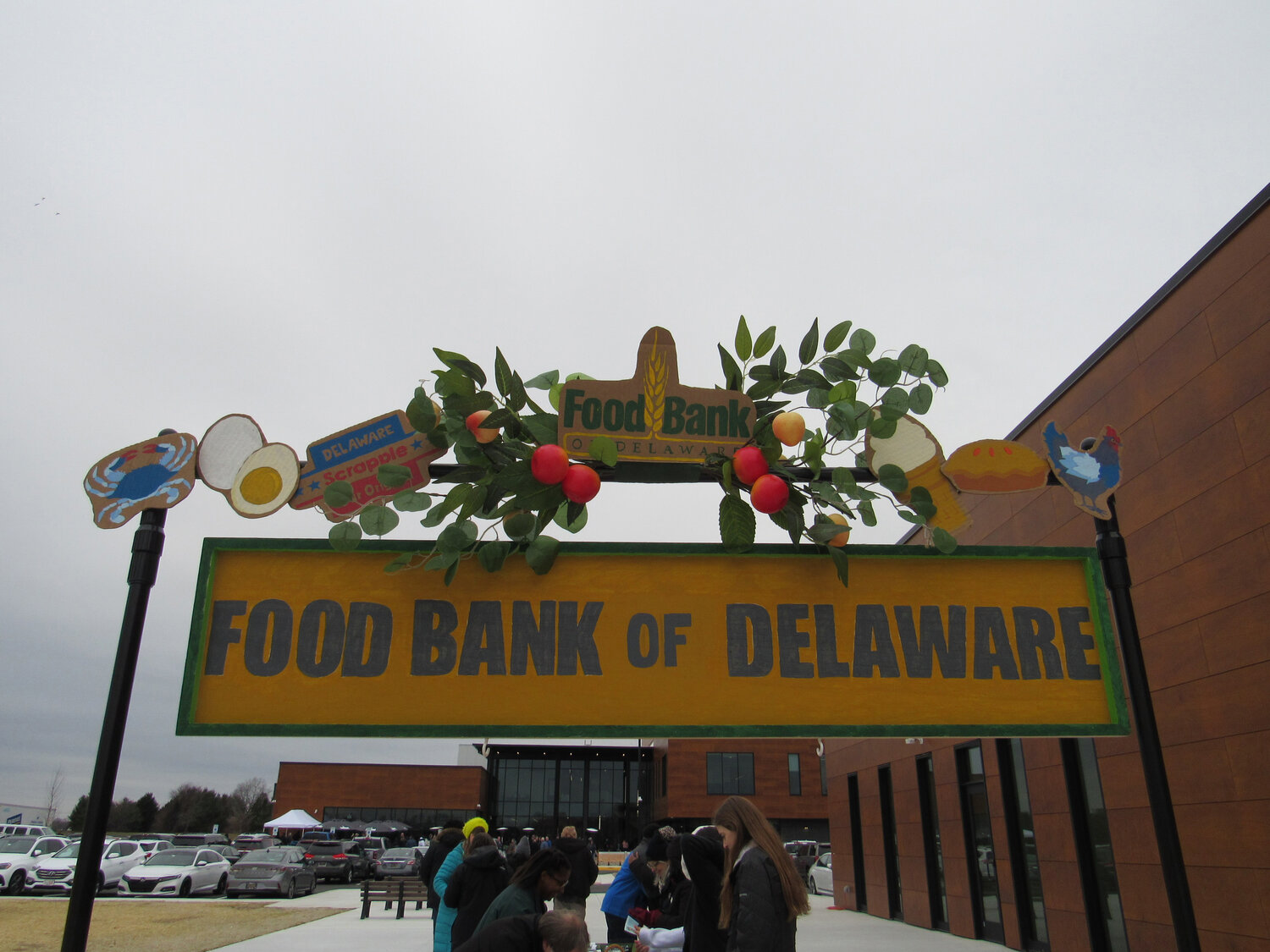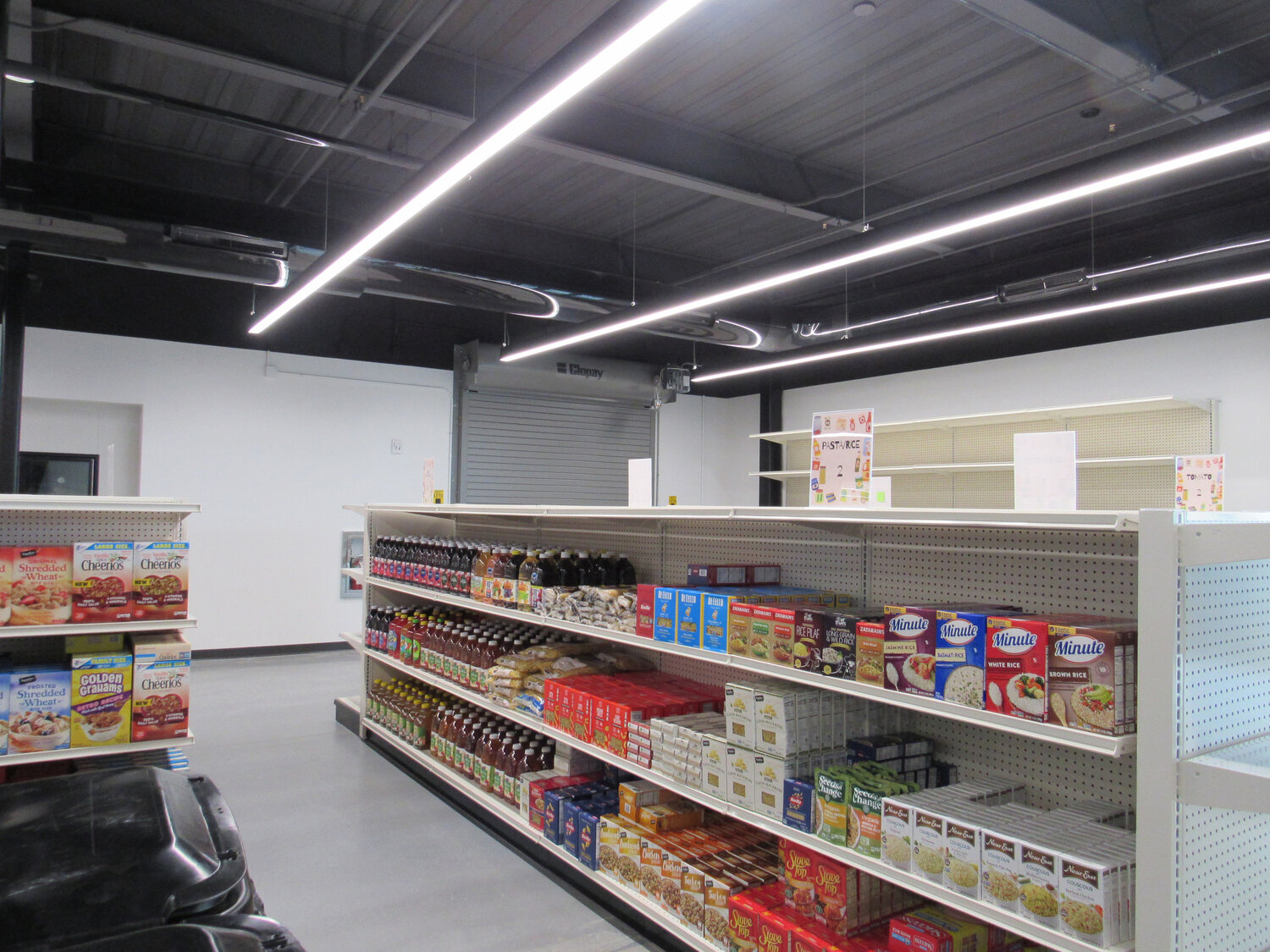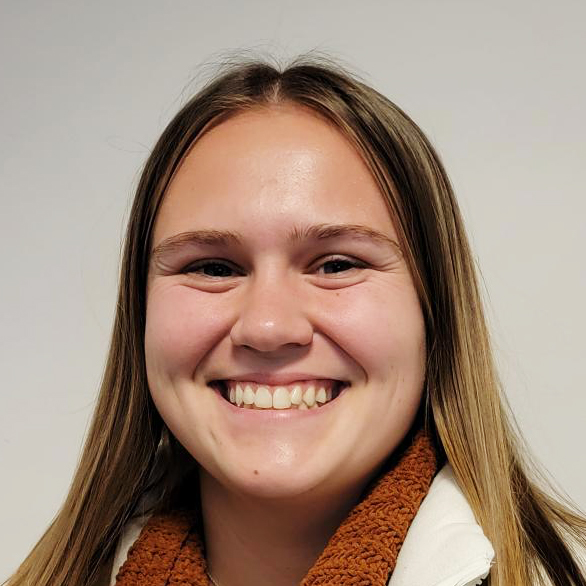Poverty through the Food Bank of Delaware’s lens
In Delaware, 1 out of 8 people are hungry, while 1 out of 5 children are.
This new data collected by the Food Bank of Delaware is sobering for the agency’s president and CEO Cathy Kanefsky.
…

You must be a member to read this story.
Join our family of readers for as little as $5 per month and support local, unbiased journalism.
Already a member? Log in to continue. Otherwise, follow the link below to join.
Please log in to continue |
Poverty through the Food Bank of Delaware’s lens
NEWARK — In Delaware, 1 out of 8 people are hungry, while 1 out of 5 children are.
This new data collected by the Food Bank of Delaware is sobering for the agency’s president and CEO Cathy Kanefsky.
“One out of 8 is just a number until you meet that one,” she said. “And that one can be a child, a senior or a single mom who is trying to make ends meet.”
For its part, the food bank is helping many people across the state deal with hunger and poverty — last year distributing more than 17 million pounds of food.
Ms. Kanefsky joined the mission about three years ago. She said she never imagined what the job would bring her, after a stint working in the nonprofit world.
“I never in a million years thought I would be here at the food bank,” she said. “I lived my life and had a career in nonprofit and mission-based causes.”
The University of Delaware alumna worked with the March of Dimes, Autism Speaks and Nemours Children’s Health prior to becoming the food bank’s leader.
It’s a role that has allowed her to reflect on her life and what it means to help those in need in the First State.
“No one of us knows what tomorrow’s going to bring,” Ms. Kanefsky said. “We could end up needing food just like the thousands of people in Delaware who come to us.”
Such assistance began in 1981, when Reatha Fisher founded Food Conservers, which is now known as the Food Bank of Delaware. At that time, the entity served 50 member agencies in the basement of the Northeast State Social Center in Wilmington.
By 1988, the Newark branch of the food bank opened. And, by 1999, the two locations were serving about 7 million pounds of goods, with each of those pounds representing about 1.3 meals, Ms. Kanefsky explained.
The food bank’s growth continued when it opened a Milford location in 2002, allowing service to the lower part of the state. That site then developed into a 70,000-square-foot facility, which began operations in January.
Ms. Kanefsky said that, this year, the agency expects to exceed the number of individuals it helped in 2023, garnering donations from various platforms, like churches, nonprofits and schools.
There is also the food bank’s popular initiative for children, the Backpack Program, which provides food on weekends and holidays when school is not in session. Its purpose is to nourish kids who may go hungry when school meals are not available.
“(The Backpack Program) pulls on people’s heartstrings,” Ms. Kanefsky said. “I don’t know somebody that can fathom the idea that a child is not going to eat unless they are in school.”
Some educational facilities also house food pantries to aid their students in a discreet manner, to limit the chances of bullying, she added.
Further, the food bank’s Senior Nutrition Program offers free food to anyone over age 60 with qualifying income requirements.
These efforts are in addition to meal distribution to those of any age, which includes a mobile pantry, a drive-thru service that uses volunteers to load attendees’ vehicles with donations.
Plus, home delivery is an option for those who cannot visit a food bank location.
In Milford, the new building has been modeled to replicate a grocery store, making it easy for visitors to choose items, Ms. Kanefsky said.
Meanwhile, the Newark location is renovating its pantry in a similar fashion, she added.
However, all these resources may still not be enough to eliminate hunger in Delaware.
“We can do all that and still not be able to reach all the people that need us in Delaware,” Ms. Kanefsky said. “The biggest mechanism to getting food out is our network of partners throughout the state. We have about 200 agencies that operate food closets, food pantries and different methods for getting food.
“We also have another 500 partners that just partner with one element, like the Backpack Program.”
And, with the growth of technology, the food bank is utilizing the power of mapping to determine areas that need help the most.
“Our hope is to take a particular ZIP code and determine if it is oversaturated with services or other ZIP codes that did not raise their hand and ask for help that we didn’t know about,” Ms. Kanefsky noted.
The agency also wants to gain a deeper understanding of the places it is helping.
“We want to have a good handle on where those pockets are,” she said. “Not just pockets of hunger, but what are the ethnicities there, what are the nuances, what are the nutritional needs and one population over another?”
Now that the food bank has grown in its services, it is looking toward job training.
“We don’t just put food on people’s tables,” Ms. Kanefsky said. “We help people figure out how to get the training and expertise they need to get to the next point in their life.”
There are instructional programs for kitchen and culinary work, as well as warehouse and logistics courses. They are completely free and, upon completion, have given students opportunities for employment.
Ms. Kanefsky also explained that the food bank has shifted its way of operating since the pandemic.
“We have just started a deeper dive into looking at all the statistics,” she said. “When I started, I felt that the food bank, especially during COVID, was very reactive.”
Further, as many are experiencing inflation and increased costs for groceries, the entity has been somewhat restricted in its process of obtaining goods.
“We can make it seem like we wave a magic wand, and we can make it happen,” Ms. Kanefsky said. “But that is not the case anymore. Just as everyone is feeling the pinch and hurt with inflation and everything costing more, it’s the same for the food bank.”
Despite these challenges, there is still the goal of reaching as many in need as possible, she said, adding that connections with all of Delaware’s hospitals are on the horizon.
“If someone is discharged from the hospital, typically there is a screening,” Ms. Kanefsky said. “If someone checks off food (insecurity), that needs to be a seamless referral to the food bank — not just a referral and a handoff (but) a referral and a partnership, to make sure we can help that person complete their health journey.”
With each of these initiatives, Food Bank of Delaware employees and volunteers have one wish: that the food insecure come to them to relieve their hunger problems, she said.
“When you ask people what they want to be when they grow up, they never say hungry.”
To learn more, visit fbd.org.





 By
By 



